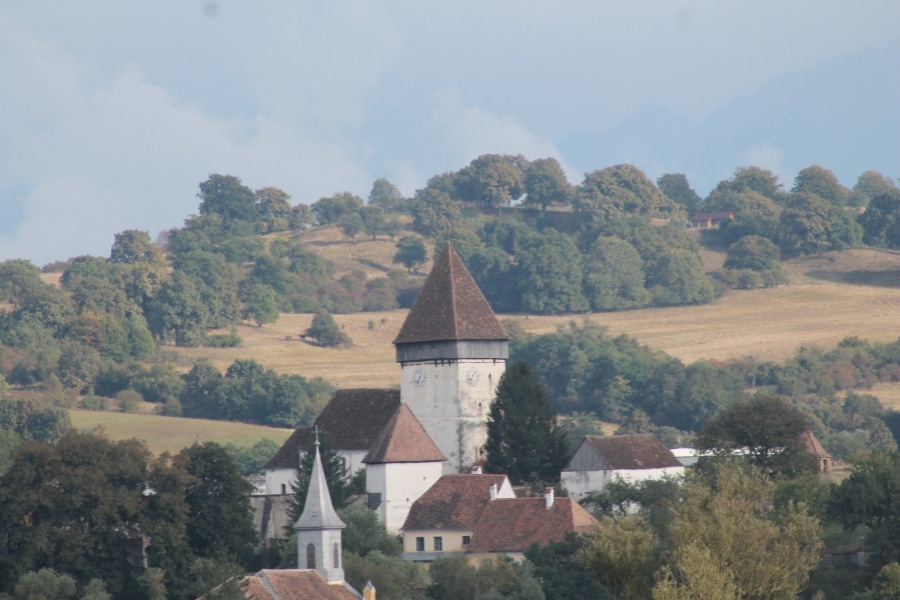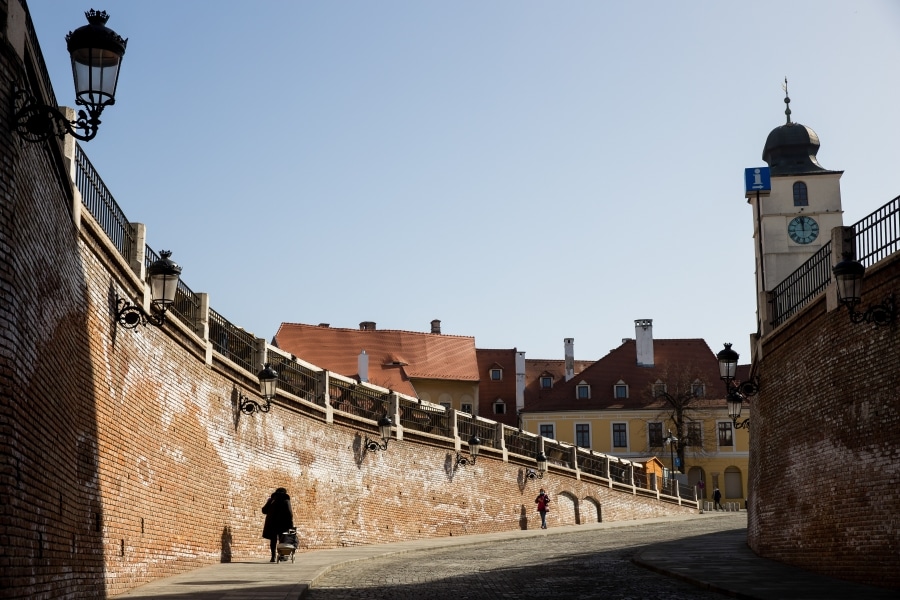After a summer full of tourists in Malu' Bistriței, I am now in Balchik, finishing what remains to be written about tourism development in Romania. Here, in the gardens of Queen Maria's palace, I am glad that the Bulgarians have taken care of Romanian heritage, and I wonder – couldn't the same have happened in the Saxon villages of Romania? How beautiful it is to feel all of a place's history, with its diversity, and how important it is to use everything tangible that has remained over time to show the essence of the place? But when I wrote that the Saxon heritage needs to be restored to be a significant attraction for foreign tourists, it didn't sit well with many, just like my remark that Sibiu is a good starting point for a foreigner's vacation in Romania. In Transylvania, they were pleased, but beyond the Carpathians, they were a bit upset: what about Sibiu again? I received recommendations on what's worth visiting in "your own" Romania - castles, palaces, fortified houses, churches, monasteries, etc. We live in Cârlibaba (the point where you put the map of Romania on a nail), but we make many trips to Constanța, where my wife is from, and so we have traveled diagonally across the country many times. We have a paper map, and each time, I propose a different route as a possible shortcut for our journey, and that's how we passed through many places in Romania. We have seen fortified houses (in Horezu) and many monasteries along the way, and I assure you that neither I nor the foreign tourist have any ethnic preferences when visiting historical places. We know we are in Romania, and we are interested in the stories of the places and their cultural diversity – it really is a unique selling point! a unique selling point!
To convince you that interethnic discussions should not affect how we promote tourism, I'll give you an example. In the spring, I departed from Sibiu Airport to the Netherlands, and I saw a tourist panel dedicated to the town of Agnita, which featured a large picture of an Orthodox church founded in 1948, with smaller pictures below of a Saxon church complex from the 13th century. I don't understand why the pictures were reversed – out of cultural ignorance, patriotism? The foreign tourist is always in a hurry - perhaps they only visit the Orthodox church in Agnita (which is only interesting to its parishioners) and move on without capturing the essence of the place, thinking that the area lacks a rich history. A missed opportunity for Agnita - the fortified church in Agnita is among the first fortified churches in Romania. If we want to seriously promote Romania, I believe it's time to get used to the current map of Romania – all of us – to set aside our feelings and interethnic differences and speak with one voice when the foreign tourist asks us, "What's worth visiting in your country?"
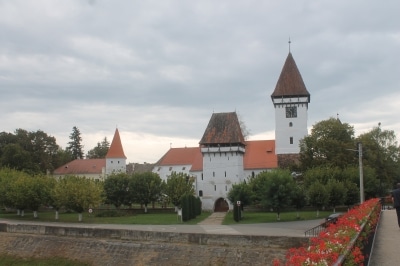
Once we've cleared the ethnic chapter and agree to treat Romania as the main entity, I invite you to find a tourism promotion strategy, such as a business plan – with market research and our positioning against competitors. Things become clearer from the start. There's no point in promoting the Romanian coastline when we know we have a few tens of kilometers of overcrowded coastline and have to compete with thousands of kilometers of (super-cool) beaches in Greece, Croatia, and Bulgaria. It's not worth it. The capital, the same story – someone who is particularly interested in Romania – like me - should visit Bucharest, but it's not in the top 10 for a city break. Istanbul and Budapest are nearby, and we have equally beautiful cities in terms of architecture and cultural ensemble right here in the country.
Maybe winter tourism is worth promoting abroad? Unfortunately, it's still not worth it! When Romanian tourists advise me to attract foreign skiers to Cârlibaba, I smile - well-intentioned advice but unrealistic. I appreciate the ski slope in Cârlibaba, where major improvements are currently being made, but it's just one slope. How can we compete with the Alps, where every village has dozens of slopes linked together with efficiently interconnected networks of cable cars, chairlifts, and ski lifts?! In Vatra Dornei, they put up a fence between two slopes, heaven forbid you should go from one to the other. With such conditions and such an attitude, we'd be better off not promoting ourselves internationally – we'd just make fools of ourselves. Maybe we can compete based on prices - perhaps a winter vacation here is cheaper. Not even that! Our neighbors have outperformed us with Bansko and Bukovel – even Romanians go/went there for better conditions and lower prices than here.
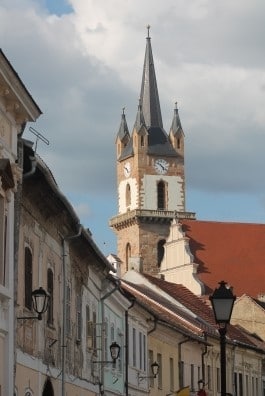
Up to this point, we're losing to the competition, but here's the good news – we have two huge assets with which we can play in the Champions League, which I propose as two pillars of the promotion strategy, each targeting a different audience. The first is Romania's wild nature, and the second is its cultural landscapes – I'll explain right away. There's no room here for a SWOT analysis (strengths and weaknesses/opportunities and threats) with all the details, but it's still useful to use the structure as an order of thinking.
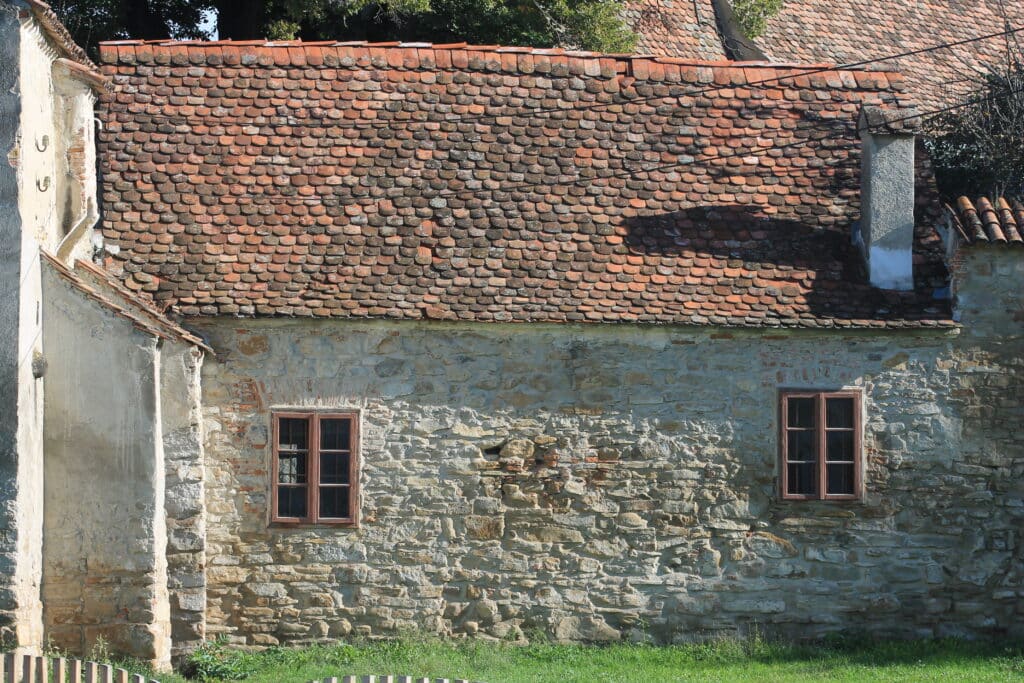
Strengths
1. Wild Nature - the Carpathian Mountains and the Danube Delta. When comparing these two destinations with the rest of Europe, one can say they are unique, pristine, rich in flora and fauna, and, equally important, vast and nearly untouched - unlike the rest of Europe, where everything is semi-urbanized. There, if you venture into nature, you feel like you're in a well-arranged park: the exit is always nearby, and around the corner, you find a kiosk. In Romania, you can feel "into the wild" like nowhere else in the rest of Europe
2. "Cultural landscapes" cultural landscapes is a term that can be used to describe landscapes where you can see centuries of human work, where the landscape itself tells many layers of history through architecture, as well as the appearance of fields, forests, paths, roads, bridges, fences, and walls, among others. This category includes Bucovina and Saxon villages, as well as Argeș, Hunedoara, Horezu, Maramureș, and the Szeklerland, to name a few. Essentially, these are areas at the foothills of the Carpathian Mountains, to which I would also add the Apuseni Mountains. These are areas where you can imagine yourself in another century, where artisans still work, people have animals and gardens, where you can hear music that takes you back to the youth of our ancestors, people go to church and to traditional gatherings in traditional clothing, and when you visit their villages, people welcome you with good food and a glass of something to drink - it's a way of life that has disappeared in the West. It's the story of people who lived in a loving relationship with the land, where they worked with love - they plowed, sowed, harvested - they sculpted the land around them and adorned it with trees and flowers - everything is in harmony with nature. People respected the land because it always provided them with everything they needed.
The wilderness of the mountains and the delta, unique in Europe, and our cultural landscapes, which are unique in the world. On these two pillars, I would base the marketing strategy for Romania when addressing the target audience - one focused on the cluster of keywords for marketing related to nature/ecology/sports, and the other with the cluster of culture/ecology/tradition. cluster-ului de cuvinte cheia de marketing natură/ecologie/sport și celălalt cu cluster-ul cultură/ecologie/tradiție.
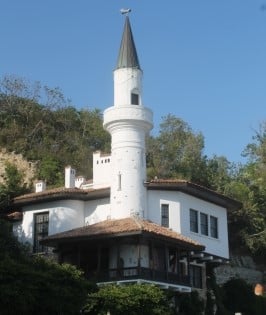
Weaknesses:
1. It's hard to imagine the Carpathian Mountains having weaknesses; their sheer size alone protects them. However, for mountain tourists, it's necessary to develop and mark the trails, and a well-established network of cabins, spaced a day's hike apart, would be of great benefit.
2. The Danube Delta and the cultural landscapes are vulnerable and require active protection with a future vision. This leads me to the country's main weakness - Romania has an administration that is not trustworthy. With them, we have to protect Romania's treasures. With some of the local leaders having limited ethics and aesthetics (often overlapping), we will face significant challenges in protecting the beauty of tourist areas and promoting them. In the hospitality sector, significant efforts and investments can be made, but they also need support from local leadership and even from the locals - because we would all benefit from increased tourism in rural areas, where otherwise very little development occurs. However, sometimes, as I travel this path, I become pessimistic - the forests are not well protected, heritage is not maintained, and harmful initiatives keep appearing everywhere. A garbage dump on top of a mountain, industrial halls where they shouldn't be, a new antenna near a 13th-century Benedictine church (Herina), an unnecessary giant flag near a Renaissance-era church (Bistrița), quarries in natural areas, the ruins of communism left untouched, plus many unfinished houses, or even worse - finished in bright orange with a blue roof. I no longer see the people who once loved the land; they have either died or left for foreign lands, and the land has been assigned a different role. From being loved, it has become a servant, useful only for instant gain.

We continue the analysis of opportunities and threats - what influences our strategy from abroad?
Opportunities
1. Romania has not been visited by 99% of European citizens, which means there is enormous potential for tourism growth.
2. Romania is better connected to European infrastructure networks; highways are starting to connect, and the number of international flights is increasing day by day.
3. If we finally join the Schengen area, foreign tourists will have easier access to Romania.
4. However, the significant opportunity lies in the growth of tourism itself, which will bring changes to Romania. If foreign tourists come to the country and appreciate our way of life, it could have a positive effect on how we manage, protect, and promote tourist attractions. But I fear it's a race against time - will we become aware of what needs to be protected over time, or only after too much has been destroyed will we realize what we have lost?
Threats
1. Currently, the war in Ukraine is affecting tourism in Romania, as many avoid areas near the Ukrainian border.
2. In the long term, however, I believe we have to fight primarily against a poor image, with the stigmas that have formed in the West about Romania. In the collective consciousness of the West, a complicated mix of images that are not in Romania's favor has accumulated, and because of this, 99% of the Western population has not been attracted to vacation in Romania. A series of images of migrant workers, beggars, aid sent to poor villages - all against a backdrop formed by the first images with which Romania made its entry into the West, images with a strong emotional impact during the days of the 1989 revolution. You might wonder why I keep repeating negative things from history - because these images are very persistent, they have not yet been replaced with something more positive. Here, yes, but there, no - the West has not yet updated its collective memory about Romania! That's why I tell everyone abroad that they need to come to Romania to see with their own eyes - and then we can explain that the images gathered from the past do not represent Romania in a complete way; Romania means much more than that!
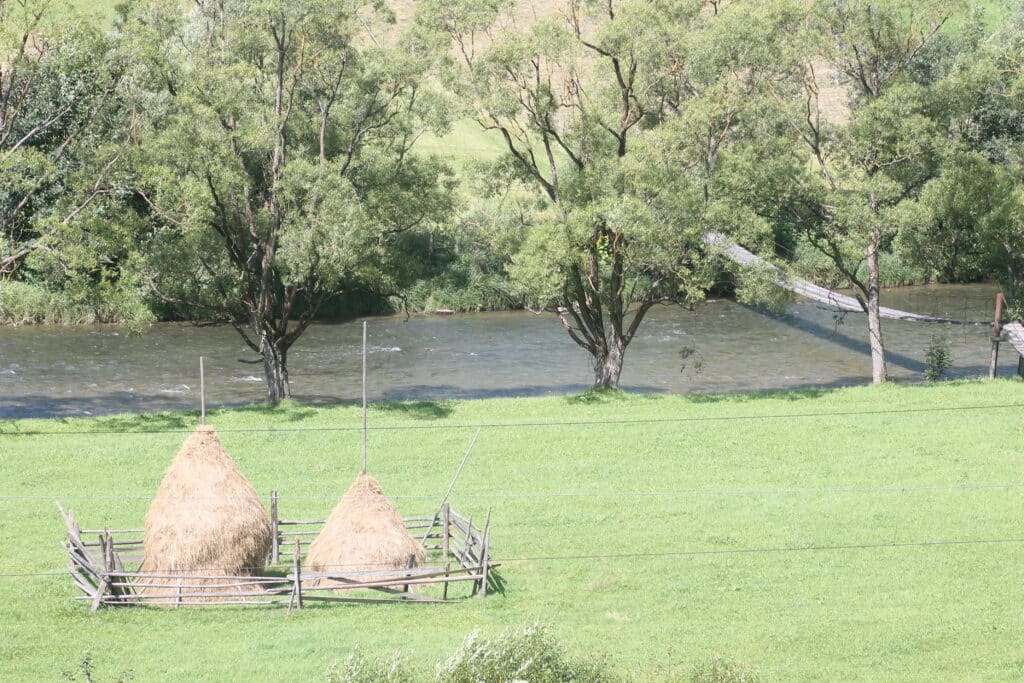
With many foreign tourists I have sat at the table above the map of Romania - what is the most interesting to visit - with a canoe through the Delta, by bicycle through the German villages, by foot to the Dacian holy place of Sarmisegetusa... I'm currently working on a book for foreigners who are not familiar with Romania, titled "YOUR ROMANIAN HOLIDAY – you didn't know you were planning/a cultural exploration of a stigmatized country." In this book, I blend tourist advice with my impressions of life here and background information on many typically Romanian topics. I will also attempt to dispel Western stereotypes about Romania. My goal is for the book to have as much impact as the Ministry of Tourism's campaign with foreign influencers. I am a modest person by nature, but not when I write! I want to see this idea through. I will not seek support from any ministry. Instead, I will appeal directly to you to procure the book when it's ready and to give at least one copy to a foreigner you know who has not yet been to Romania. This way, we can together change Romania's image abroad!

